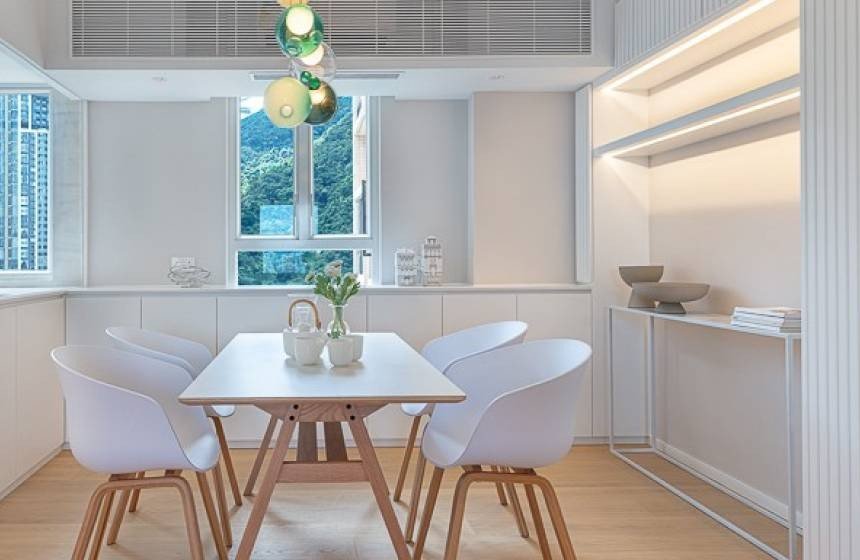How to keep the air indoors fresh and clean – and why that’s important
Clean air is of huge importance to our health and wellbeing. The World Health Organization estimates that air pollution contributes to 7 million premature deaths worldwide each year. While we might associate air pollution with the outdoors, the reality is that concentrations of some air pollutants can be 2–5 times higher indoors.
We spend a lot of time indoors – 90% of our time on average – so it’s important that we keep the air in our indoor spaces as fresh and clean as we can. Indoor air quality can be degraded by outdoor sources of pollution (such as traffic, construction and agriculture) as well as by indoor sources of pollution: off-gassing from building materials, indoor combustion sources and water leaks. These issues can then be compounded by poor ventilation and unclean surfaces.
Such pollutants are responsible for myriad health problems, including a condition called sick building syndrome (SBS), which causes headaches, fatigue, eye and skin irritation. At work, where an individual spends up to one third of their lifetime, poor air quality can lower productivity.
Fortunately, there are steps you can take to improve the indoor air quality of your home and work spaces, thereby enhancing your health and wellbeing.
Monitor indoor air quality
A good first step is to establish the existing air quality in your home using an indoor air quality monitor. Monitors will track chemicals, dust, carbon dioxide, humidity and temperature, and notify you of your air-quality score via your smartphone. Indoor air quality can fluctuate a lot, as well as change quickly, so keeping abreast of its status is important.
Use low-VOC or VOC-free products
Many home products contain volatile organic compounds (VOCs) that will increase the toxicity of air indoors. Paint, sealants, coatings, aerosols, adhesives and cleaning products all commonly contain VOCs. Seek out options that contain no VOCs (such as water-based rather than solvent-based paints, or non-toxic green cleaning products) or low VOCs where possible, and set aside a specific area in your home or office to safely store any products with a high level of toxicity.
Ventilate
Create adequate ventilation for areas with high emissions of toxins, such as kitchens, garages and gas-water heaters. Routinely clean and replace vents and filters. Circulate fresh air into spaces as often as possible by regularly opening the windows to reduce carbon-dioxide and VOC levels.
Prohibit mould growth
Use a dehumidifier in areas of high humidity. Keep a close eye on areas that might be prone to mould growth and take immediate action to clean them if discolouration appears. You should aim to keep humidity between 30–50%.





